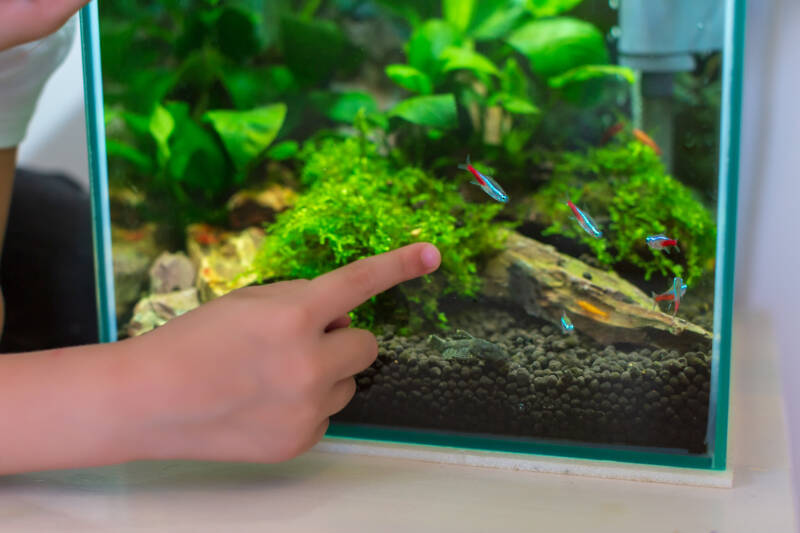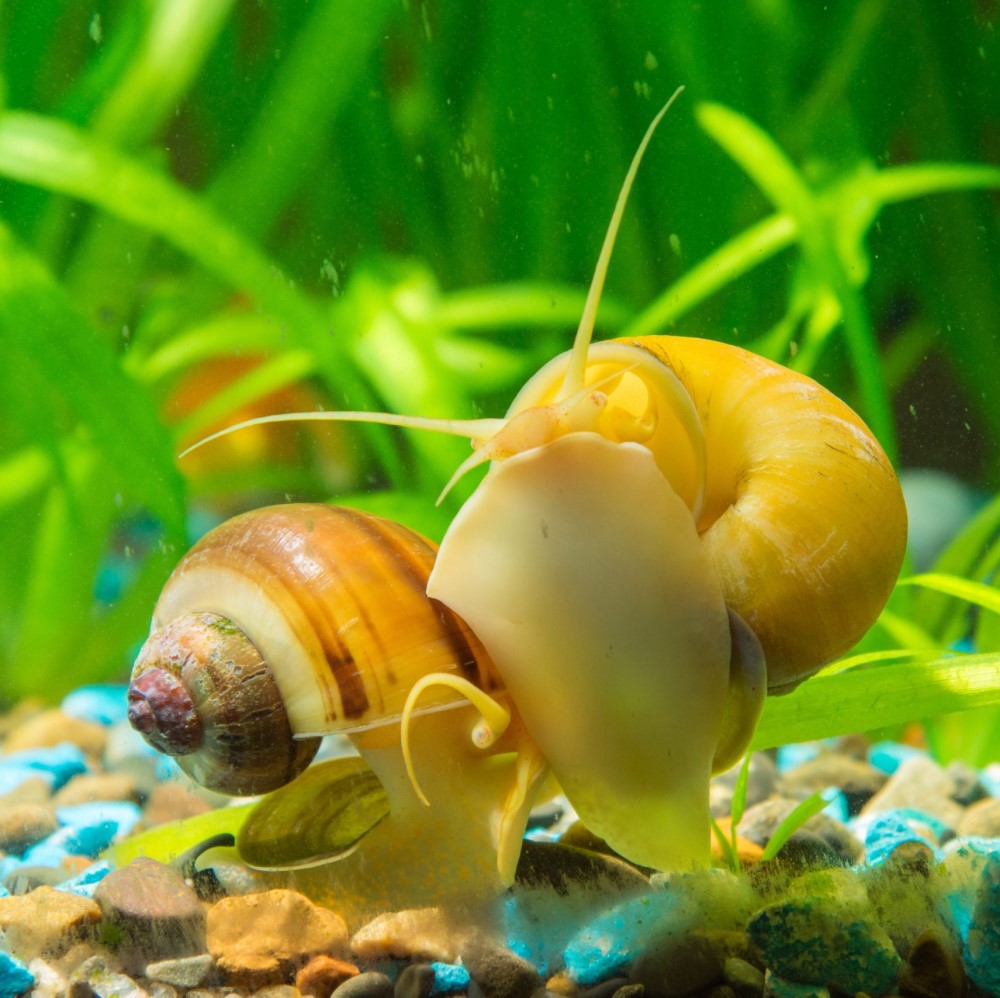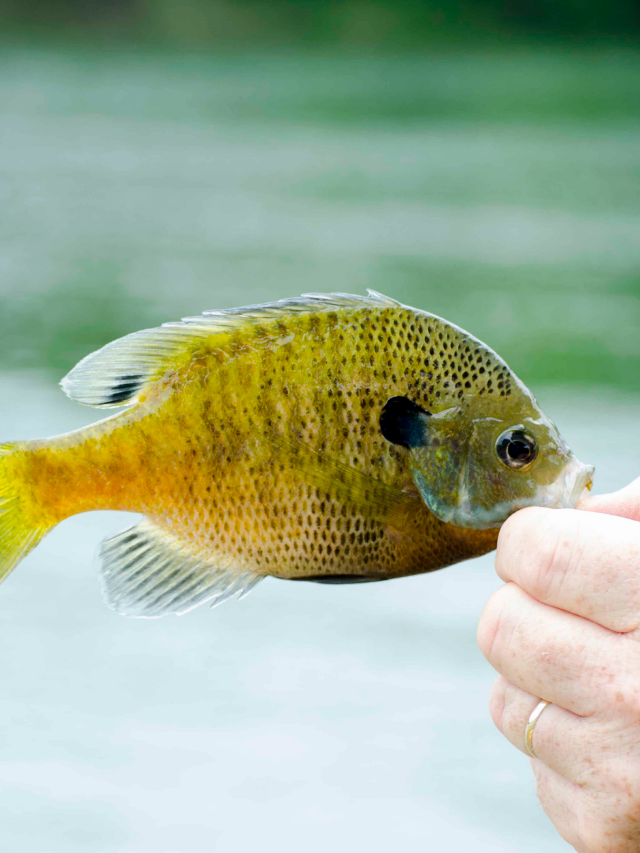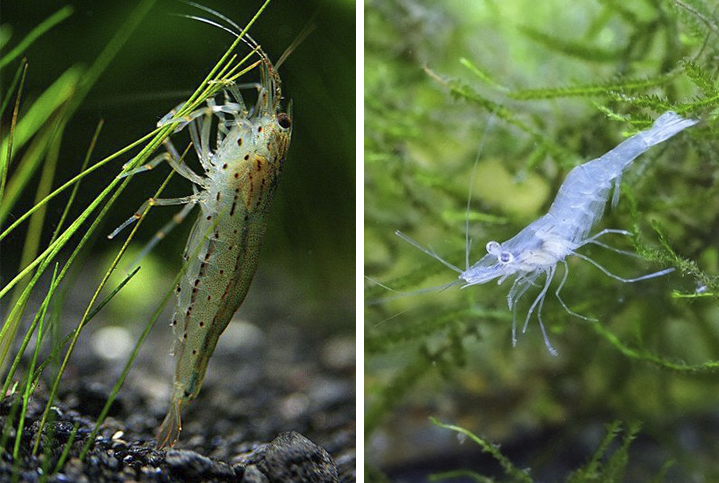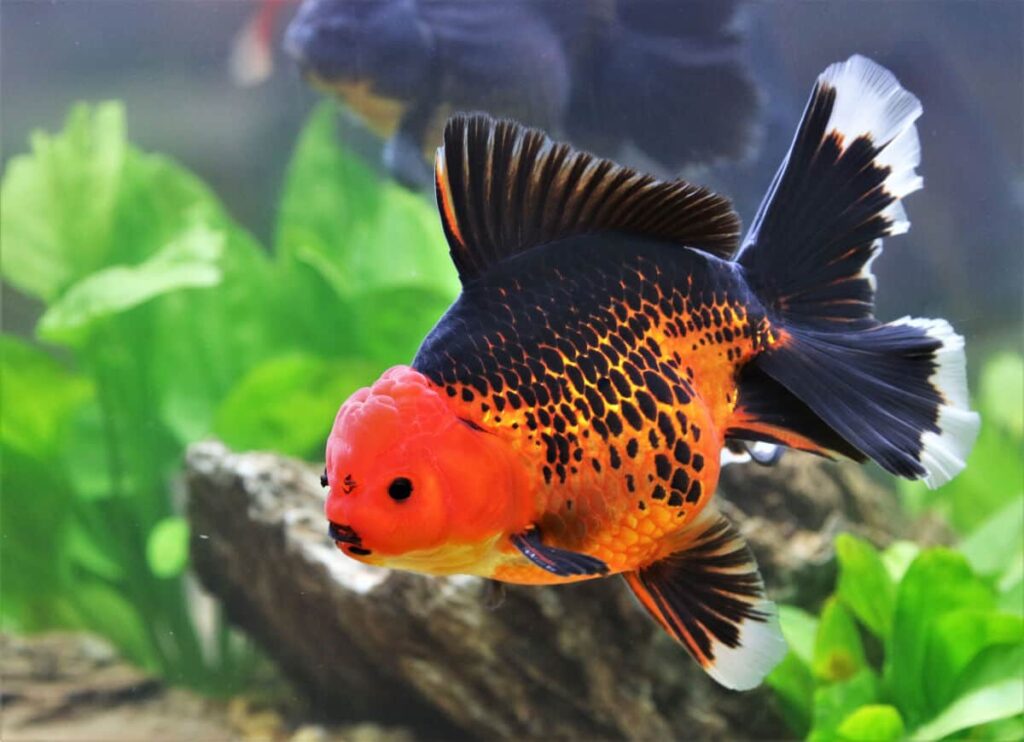

Ever wondered how long can fish live out of water? Owing to the multiple species of fish, different types of fish will survive outside of water for varied durations. For example, saltwater fish will last longer than freshwater fish whose bodies are smaller and gills more fragile. The period will also depend on whether the fish has some water on it with dissolved oxygen that they can breathe.
We will look at the different varieties of fish and how their type and size affects the period they can survive out of water. We have also included the general anatomy of fish so you can have a deeper understanding of how they breathe, why they die soon after staying out of water and the conditions that can extend their survival.
Fish needs water to live because they usually use gills to breathe the oxygen dissolved in water.
Aquariums usually include machines to aerate the water and aquarium filter media to limit pollution. The purpose of aeration is because fish use their gills to breathe oxygen dissolved in water and to discharge waste. When on land, some types of fish use skin to absorb oxygen out of water and prevent suffocation. Such fish species adapt well outside of water for periods ranging from a few hours to several days.
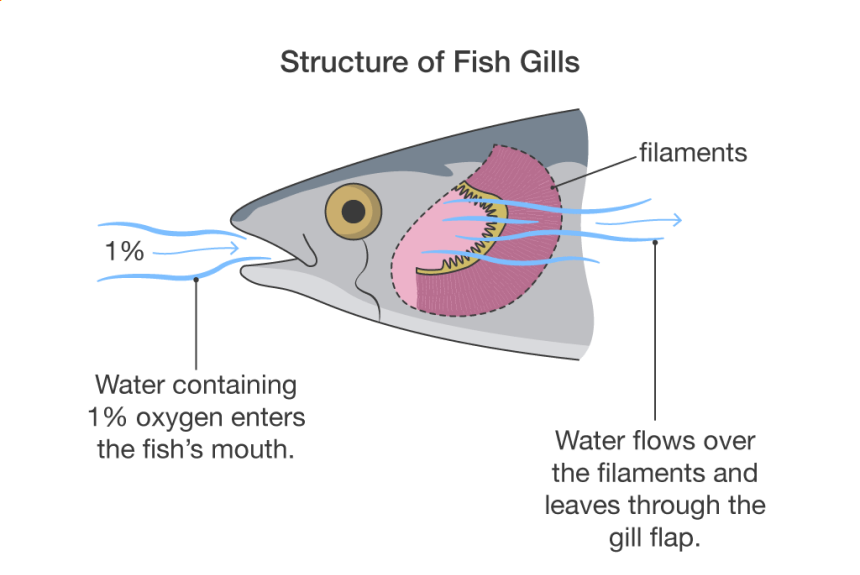 How Long Can Fish Survive Out of Water by Type
How Long Can Fish Survive Out of Water by TypeThe following are various types of fish and their survival rate when they stay out of water.
How long can a koi fish live out of water? Toledo Goldfish Live Butterfly Fin and Regular Koi is a pond species that would barely survive if you take it out of water for more than hour.
So, what about koi carp? How long can carp live out of water? They risk dying if they stay out of water due to depleted levels of dissolved oxygen.
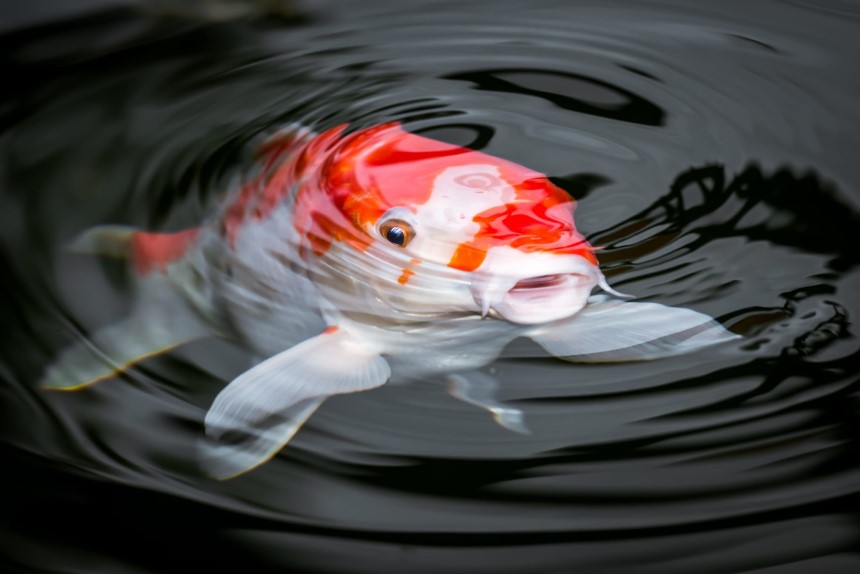 Pet fish
Pet fishPet fish such as goldfish cannot last out of water for more than 3 to 4 minutes. They would quickly suffocate if you remove them from their tank for long. Tetra Curved-Front Tank accommodates one goldfish and fits well in a limited space.
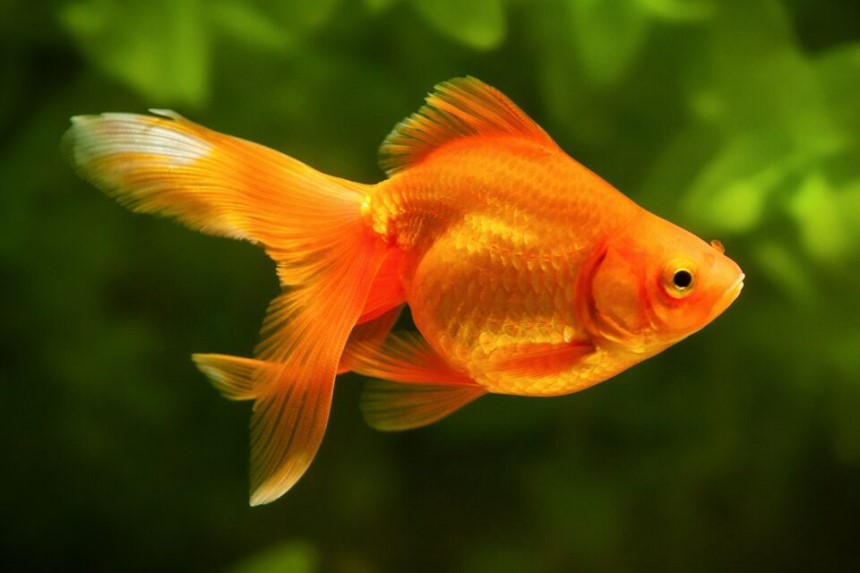 Mangrove killifish
Mangrove killifishHow long can fish stay out of water? You would be surprised by mangrove killifish which can survive out of water for up to 66 days! It is fond of logs and swampy habitats. The fish has multiple cells in their gills and thin skin with a dense network of capillaries for cutaneous breathing.
Apart from this impressive stint and survival rate outside of water, mangrove killifish can also withstand huge variations in water salinity, temperature and oxygen level. We recommend investing in an aquarium thermometer for proper temperature control.
Mangrove killifish also has an outstanding ability to develop into a hermaphrodite Trusted Source Fish Lives in Logs, Breathing Air, for Months at a Time The mangrove rivulus does something completely unique: packs itself into hollow logs for up to two months to wait out dry spells, scientists have found. www.nationalgeographic.com capable of self-fertilization.
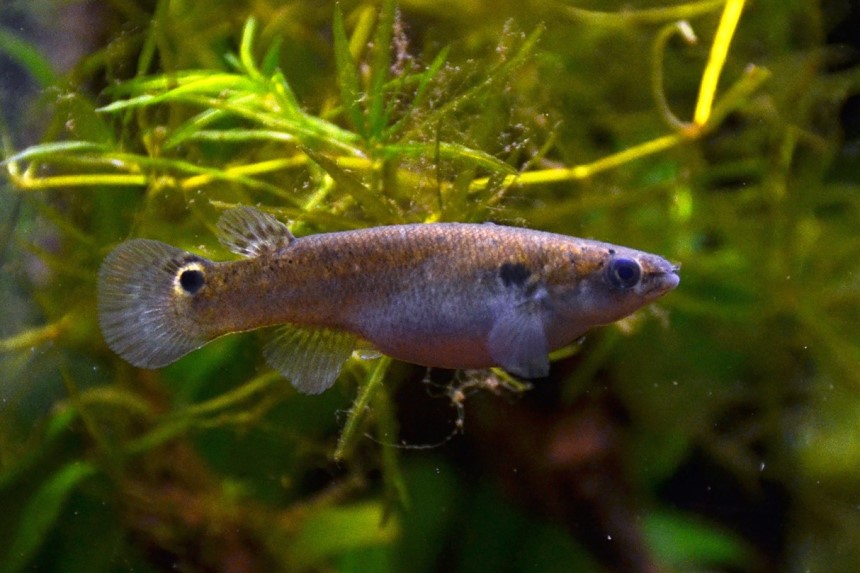 Amphibious fish
Amphibious fishHow long fish lasts out of water depends on the type of fish, and amphibious fish tend to thrive on land and in water. This species includes marbled lungfish and blue-spotted mudhopper which use gills to breathe in water and a throat lining to absorb oxygen out of water and survive on land where some of them spend most of the time.
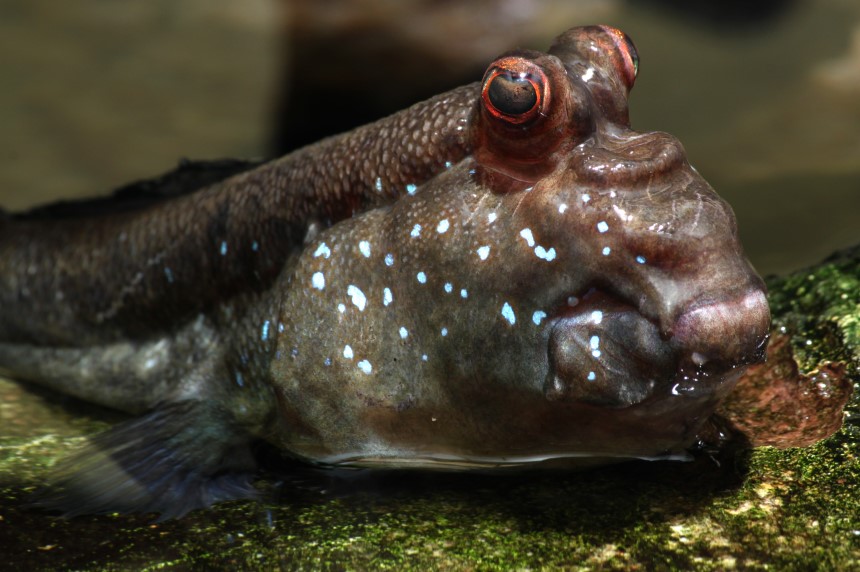 Walking catfish
Walking catfishIf you have come across the walking catfish, then your first thought was likely “how long can a fish survive out of water?” The unique species with signature whiskers derive their name from the manner they move on land by using their pectoral fins. They have an additional organ that allows them to absorb the oxygen in the air through their gills when they are out of water. This has made them adjust well to staying on land for long durations that could last for 15 to 18 hours Trusted Source The Invasive Catfish That Walks Across Parking Lots - Cool Green Science Walking catfish hunt prey in parking lots. A fish out of water story. blog.nature.org . They are also known to move over long distances of up to 0.7 miles.
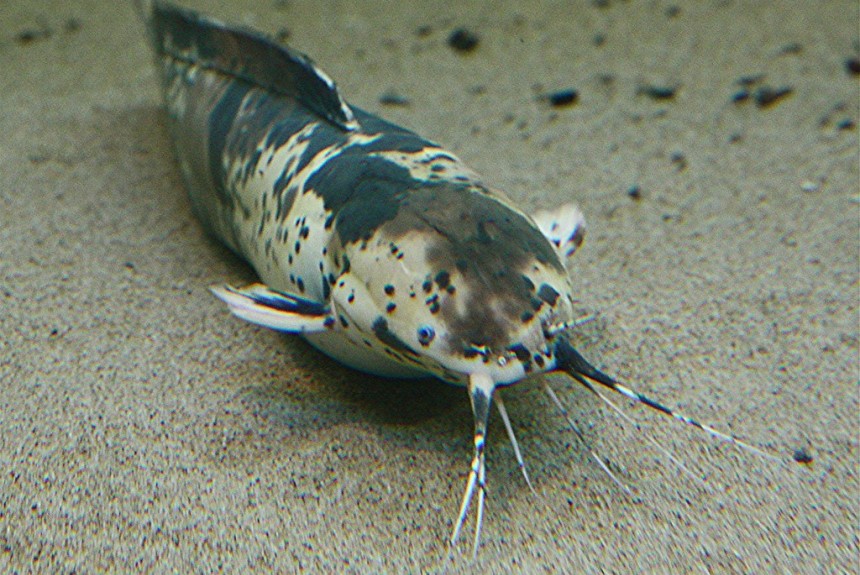 Larger ocean fish
Larger ocean fishThe size of fish is one of the factors that influence how long fish can last out of water. There are large ocean fish that are actually mammals but commonly mistaken for fish because they live underwater. They are the fun species that like putting on a show, and they include sharks, sperm whales and short-beaked dolphins.
These creatures often swim to the surface of the water to breathe oxygen through their lungs before they submerge themselves again for the water to support their bodies to prevent damaging their organs. They can hold their breath underwater for extended periods and survive out of water for several hours and days. Part of the reason they have adapted is because they often come across low tides when hunting in shallow water.
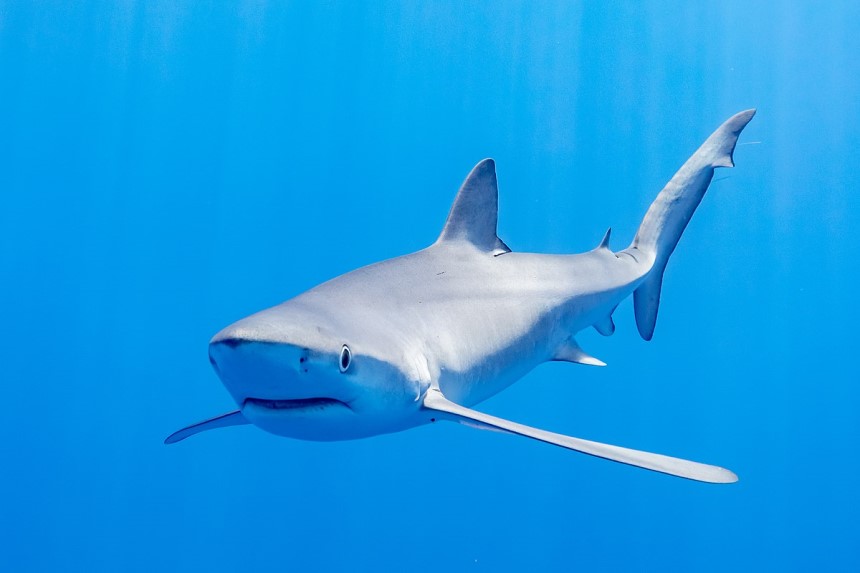 Mudskippers
MudskippersMudskippers are a peculiar species of fish that can breathe underwater, and also on land with a moist and humid environment. The need for a wet environment for proper breathing is why mudskippers roll in mud or return to water to moisten themselves. They breathe through their gills and through the mouth and skin lining which has blood vessels close to the surface to maximize absorption of oxygen into the bloodstream. This form of flexible breathing is one way that determines how long fish can be out of water.
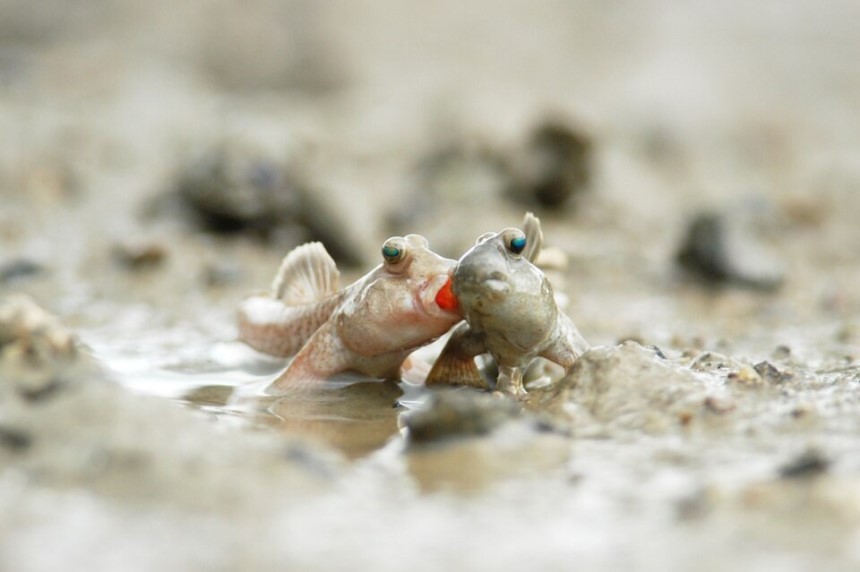 Rockskipper fish
Rockskipper fishThis high-energy species of fish is found in shallow pools of water and it often skips among rubble and rocks looking for new mates and habitats. Rockskipper fish can be out of water for several hours without any issues.
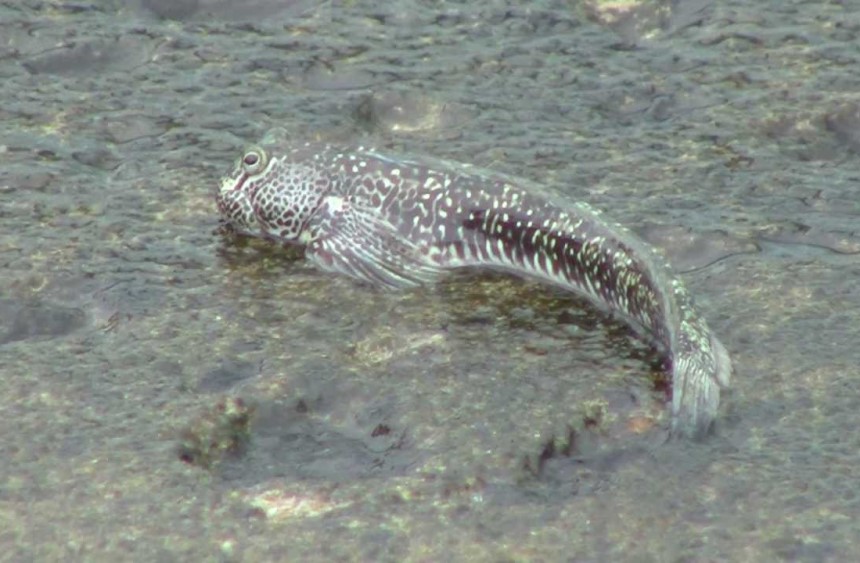 Lungfish
LungfishLungfish lives in rivers and lakes as well as freshwater. They use a combination of gills and lungs to breathe oxygen and last out of water. When lungfish are in a dry area, they exclusively use their lungs and go into a dormant period that sees them surviving out of water for up to 4 years.
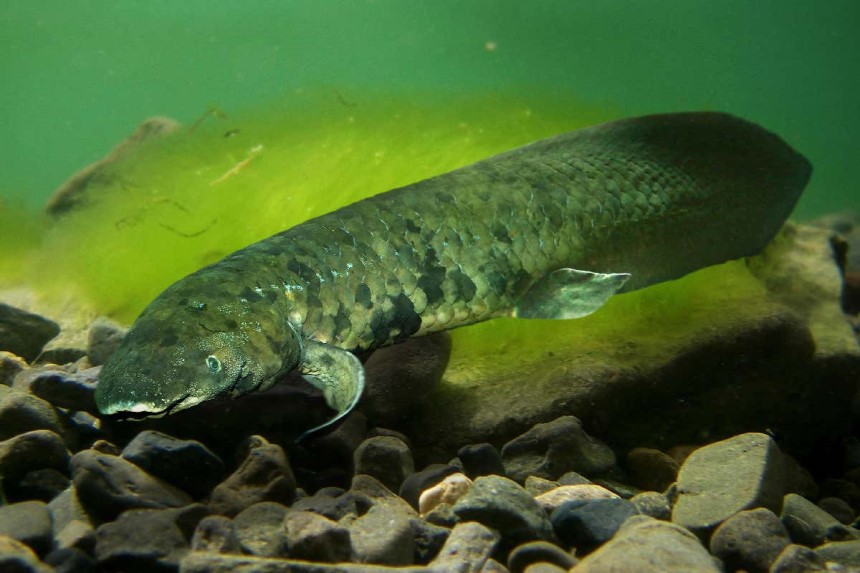 Snakehead fish
Snakehead fishThis is an amphibious variety of fish found in Asia and Africa. Snakehead fish is very adaptable and can survive out of water for up to six days feeding on rats and frogs and searching new habitats.
It is advisable to handle it with caution to prevent it from jumping off and flying away.
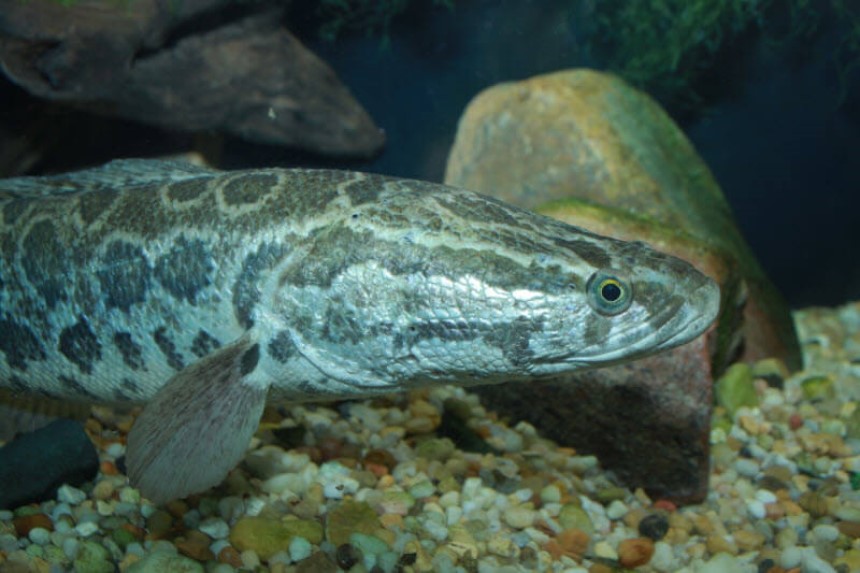 Eel
EelThe slithering eels with an elongated body that helps them to swim upstream use their skin to breathe oxygen when they are burrowed in sand and rocks in shallow water and muddy habitats. They can stay out of water for several days.
Fish make great pets, especially if you keep them in the attractive Fluval Chi II Aquarium Set with 5-gallon water capacity, powerful filtration and multiple LED lights that generate a gentle glow. There are larger 20-gallon fish tanks that can accommodate a higher demand for fish. It is important to know how long can fish live out of water so you don’t keep your fish outside for longer than they can survive when changing water in the aquarium. We have covered different types of fish and the periods they can last if they stay out of water. As well as the type and species of fish, the size of the fish will also determine its survival rate out of water. Some types of fish have developed coping mechanisms such as breathing through the skin to be able to adjust in new habitats.

